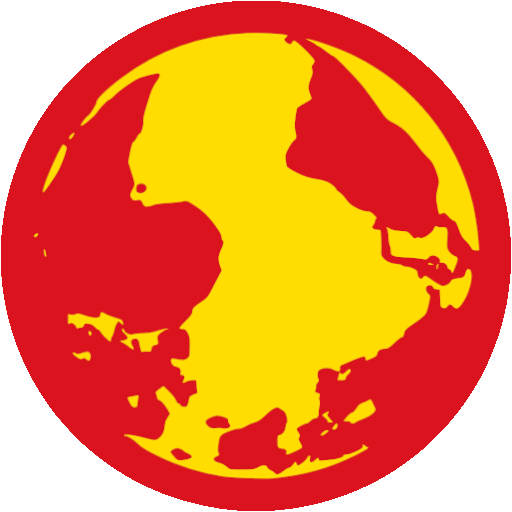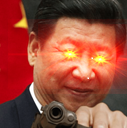

It is true, in a plainly quantitative sense of body counting, that the barrage of disease unleashed by the Europeans among the so-called “virgin soil” populations of the Americas caused more deaths than any other single force of destruction. However, by focusing almost entirely on disease, by displacing responsibility for the mass killing onto an army of invading microbes, contemporary authors increasingly have created the impression that the eradication of those tens of millions of people was inadvertent - a sad, but both inevitable and “unintended consequence” of human migration and progress. This is a modern version of what Alexander Saxton recently has described as the “soft side of anti-Indian racism” that emerged in America in the nineteenth century and that incorporated “expressions of regret over the fate of Indians into narratives that traced the inevitability of their extinction. Ideologically,” Saxton adds, “the effect was to exonerate individuals, parties, nations, of any moral blame for what history had decreed.” In fact, however, the near-total destruction of the Western Hemisphere’s native people was neither inadvertent nor inevitable.
From almost the instant of first human contact between Europe and the Americas firestorms of microbial pestilence and purposeful genocide began laying waste the American natives. Although at times operating independently, for most of the long centuries of devastation that followed 1492, disease and genocide were interdependent forces acting dynamically - whipsawing their victims between plague and violence, each one feeding upon the other, and together driving countless numbers of entire ancient societies to the brink - and often over the brink - of total extermination.
Stannard, D.E. 1992. “American Holocaust: Columbus and the Conquest of the New World.” Oxford University Press.



A perspective that I’ve personally come to adopt is to dialectically consider the Ukraine conflict through the lens of a “Soviet or post-Soviet civil war.” This assessment acknowledges, for one, that the ongoing conflict is embedded within the broader paradigm of the Cold War, which has persisted since 1945, experiencing periods of (what can now be seen as) mere “detente” in the 1990s and 2000s. Much like the extended decade long pauses seen in the historical “Hundred Year’s War” did not prevent that from being classified as “one” war, I believe future historical assessments may categorize the contemporary period as a continuation of a singular Cold War narrative, rather than distinct “old” and “new” Cold Wars as commonly discussed today.
The significance of this perspective is that it once again reinforces the sheer catastrophe that is the collapse of the USSR, a perpetually relevant historical lesson for all surviving AES states and MLs today. I distinctly remember that, back when the conflict escalated in 2022, there was a post on r/genzedong (which I can no longer find) that showcased street interviews of people in Moscow during (likely) the failed August 1991 intervention where one interviewee in the video presciently predicted there would be conflict between the newly separated nation states of Russia and Ukraine over Crimea.
In such a sense, the fact that there is now a Russo-Ukrainian conflict at all and to have it develop into a proxy war by NATO is the, in full frankness, undeniable victory of US hegemony within the macroscopic historical perspective. This is near entirely forgotten these days, but during the 20th century phase of the Cold War, it seemed inevitable that a NATO-Russia conflict would break out. This was not meant to be in Ukraine, of course, but Germany and specifically over Berlin. NATO has moved this war that was supposedly bound to occur in the middle of Europe all the way into the heartland of the USSR, furthermore subverting the former Warsaw Pact countries into its most fervent belligerents.
This US achievement must be recognized as it highlights that this is Russia’s defeat in the sense that its leaders since Khrushchev have failed to appreciate the unchangingly permanent material conditions underlying US-NATO antagonism towards the pole of regional power which the USSR and Russia represents. Their utter idealism led to fantasies that such antagonism could be massaged or overcome through “peaceful coexistence” and then outright capitulation. Through this, the clash between the two was ultimately merely moved a thousand miles eastward and the immense scale of the Soviet surrender just buying two decades of detente as NATO swallowed up the former socialist states between West Germany and Moscow.
However, this does not mean that the escalation of the Ukraine conflict itself by Russia in 2022 is some geopolitical victory for US hegemony, however, rather than a colossal blunder by the geopolitically mediocre benchwarmer Biden presidency. To put it metaphorically, this is akin to having scammed someone of their own house and property and just as you were about to scam them of the very last clothes off their back, they finally wise up and sock you in the jaw. Yes, you still managed to take their house from them, but they ideally weren’t supposed to wise up at all nor give you a distracting broken jaw right before you were planning to move on and pick that next fight across the city in the Asian neighborhood.